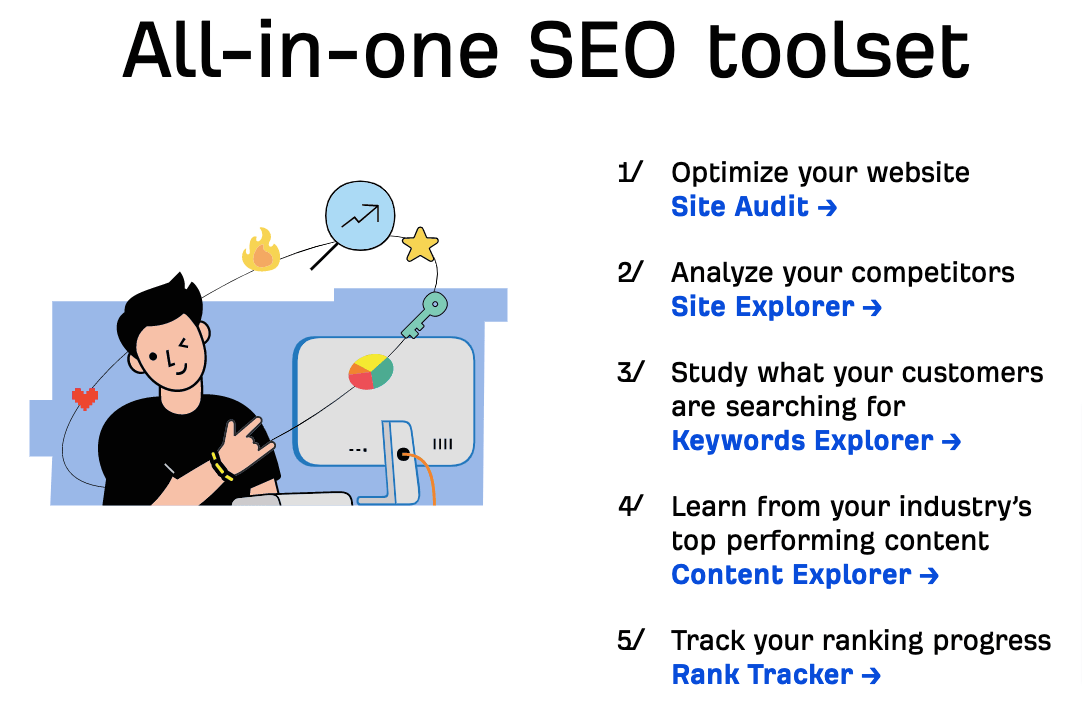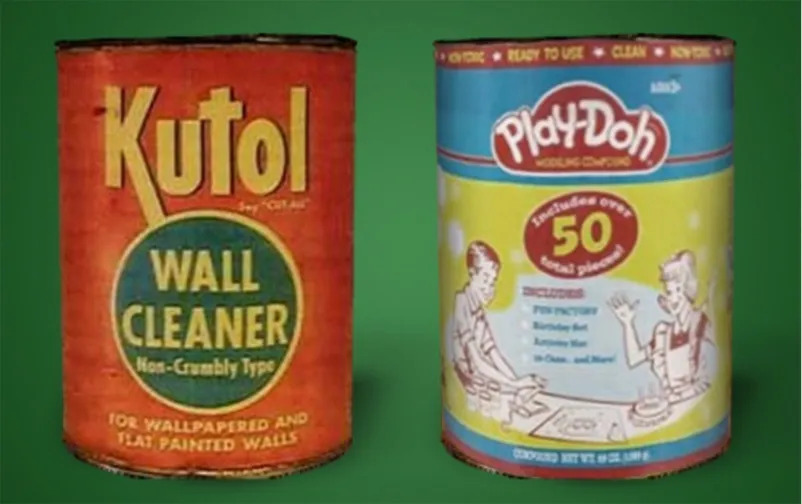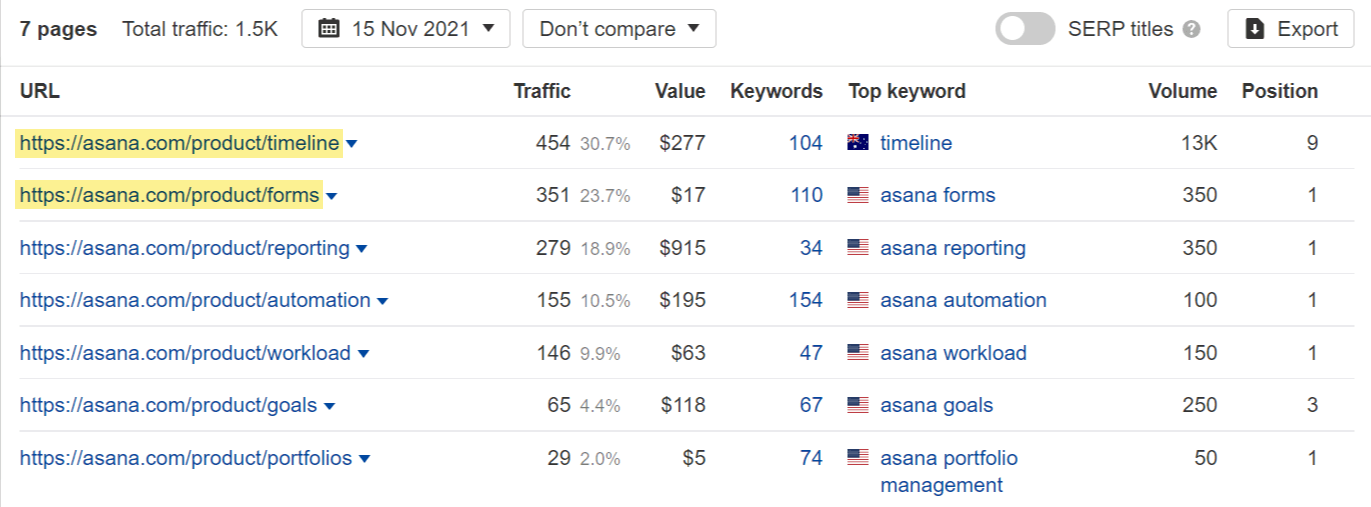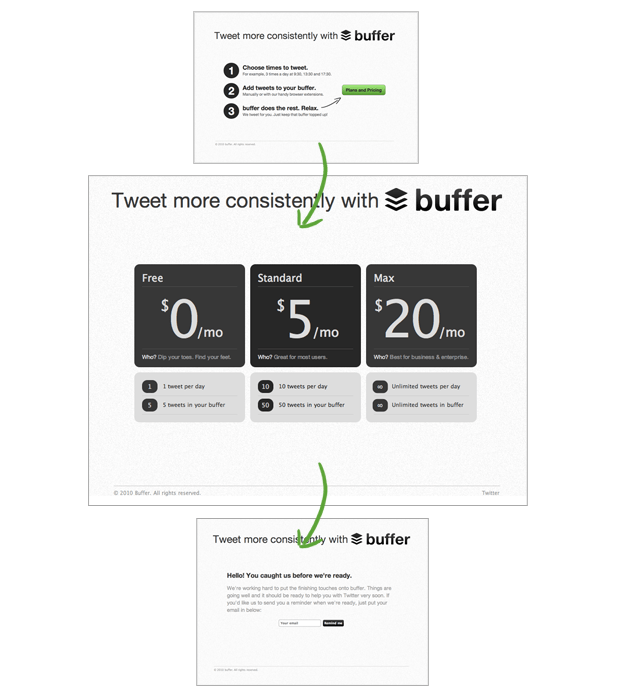But that is never easy: differences in opinions, time and money running out, and the false notion that a truly great business idea should sky-rocket immediately are common issues that startups will face.
Product-market fit is a concept that aims to solve various startup problems by aspiring to be “the only thing that matters.” Focusing on this concept should put any startup on the right track, no matter the circumstances.
In this article, we’re going to take a closer look at this widely discussed concept. Here’s what we’ll address:
- What product-market fit is
- Why product-market fit is important
- Examples of product-market fit
- Five steps to achieve product-market fit
Product-market fit (PMF) is when a business has confirmed signals that its product can satisfy an existing demand in a market with high potential.
The usual sign of achieving PMF is when people are willing to buy the product (even if it’s not perfect yet), actively use it, and recommend it to others.
Building a successful product is a matter of doing the right things in the right order and focusing on what truly matters.
Just as houses need to be built from the ground up, businesses should build good foundations before going any further.
Before hiring more people or scaling customer acquisition, startups should confirm two things: First, there are enough people willing to pay for the product; second, the market itself shows a potential for growth.
Simply put, without PMF, there is no sustainable growth.
There are a few possible scenarios for achieving PMF. Some companies find a good, initial idea that they build upon. Others need to change their business completely (pivot) to become profitable. So let’s look at some examples of businesses finding their PMF.
Ahrefs
Ahrefs is an all-in-one SEO toolkit that comprises multiple tools designed to grow organic search traffic, analyze competition, and tackle technical SEO issues.

But in the early days, Ahrefs was just a single tool built for backlink analysis (which is only one aspect of SEO).
Recommended reading: SEO: The Complete Guide for Beginners

Ahrefs’ founding team focused solely on customer satisfaction of the first product. There was no marketing or sales team in the beginning.
That strategy allowed the company to get clear signals of PMF. Consequently, thanks to the organic growth of its customer base, Ahrefs was able to build more successful SEO tools and scale its team.
It’s important to note Ahrefs didn’t stop at the initial PMF. To stay competitive and on top of the market’s demand, it expanded the functionality from a single-purpose SEO tool to a full-blown SEO toolkit.
Slack
Meet Glitch, the progenitor of Slack that wasn’t even a messaging app. Glitch was a browser-based online multiplayer game launched in 2012, and it looked like this:

That chat window on the right is what later became the Slack we all know today. The rest was dropped by the company and released under an open-source license for anyone to take over.
Slack found its PMF by turning into a completely different product. In startup lingo, that is called a “pivot.”
The Glitch game didn’t see the desired success. But in light of its spin-off’s success, that doesn’t matter at all. The important part is to understand your lesson quickly and focus on things that actually work.
Play-Doh
Play-Doh is a classic toy that has been a must-have in any toy store for some 50 years. The brand is hugely successful, but its journey of searching for PMF is a lot less smooth sailing.
First of all, Play-Doh originally had a completely different application for a completely different target audience than today. Going by the name of Kutol, this product was a wall cleaner made especially for washing off the black residue on coal heaters—a common problem in the 1930s.
The business was great until the coal heaters were substituted by “cleaner” gas and oil heaters. That’s how the company lost its original PMF.
But it didn’t give up. Legend has it that one of the founders’ relatives had been using Kutol with children in art and crafts classes. That relative suggested something similar for a new, official product application. So the producers of Kutol took a leap of faith and rebranded the product as Play-Doh, a modeling compound for children.
With that, the company discovered its new PMF and has held on to it ever since.

The underlying idea behind the process of finding PMF is similar to the scientific method. To make a discovery (i.e., what product to build), you need to research the problem well enough to propose a hypothesis and then design an experiment that will prove or disprove the hypothesis.
If you want to learn about measuring PMF for an already existing product, jump to step four.
Step 1. Formulate the value hypothesis
A value hypothesis is an assumption explaining why a customer is likely to buy your product. In other words, you need to specify what value your product would introduce to the user’s life.
A value hypothesis may look something like this:
- Buying books online provides a better experience than buying books in physical stores.
- SEO professionals need a tool for automated technical SEO diagnosis.
- Email communication is less productive than real-time online chatting.
Your value hypothesis will later be tested in confrontation with real users interacting with your minimum viable product (MVP).
Great products solve real, meaningful problems. To identify those problems and the potential customers in need of a solution, you need to perform market research.
Market research can be a really time-consuming process. But the good news is that a good portion of market research can be done online without breaking the bank.
For example, by using an SEO tool like Ahrefs, you can gauge market demand by looking for signs of search demand in search engines, as they are often correlated.
Let’s say your startup wants to offer an online solution for delayed and canceled flight compensation. Since this will be an online product, you’ll want to see how often people search for queries related to that problem. With Ahrefs’ Keywords Explorer, that information is only a few clicks away.

Step 2. Specify the features of your minimum viable product
Once you’ve clearly defined the problem you want to solve, the next step is identifying the set of features that will solve the customer’s problem.
Building too few features will result in an incomplete solution. But having too many features is not good as well, as this can dilute the core value of the product and increase the risk of overspending on your prototype.
This is where an MVP comes in. Building an MVP is about the balance of the right kind and the right number of features needed to verify the hypothesis.
It’s probably a good idea to use multiple sources and types of research to discover what needs to be built. You can combine conclusions from your competitive analysis, surveys, observations, and industry reports.
Also, SEO tools can come in handy. For example, you can get a pretty good idea of which features are generating the most value for your competitors by identifying webpages that they drive paid traffic to and top pages by organic search traffic.
Suppose you want to build a project management tool. Let’s use Ahrefs’ Site Explorer and look at the Paid pages report for asana.com:

And let’s see the landing pages for product features that get the most organic traffic in the Top pages report:

You can infer that building forms and timeline features into your project management app is something to seriously consider. If it’s good for your competitor, it could be good for your product as well (on top of your unique value proposition).
Step 3. Build your minimum viable product
If you look at some of the most successful MVPs, you will see there are many ways to build them. They don’t even have to be fully functional products.
To illustrate, Buffer started as a landing page that collected sign-ups for a product that did not exist yet.

Dropbox validated its business idea by creating two videos about the product. The first video didn’t even show the product.
Now, let’s look at a few ideas on how you can build an MVP (besides developing a fully functional product):
- Ad campaigns – You can produce various types of creative content for specific audiences to see which aspects of your product appeal to them the most.
- Prototypes – You can use design tools like UXPin, Figma, or Marvel to create an interactive, high-fidelity prototype of your solution and show it to people.
- Landing pages – Similar to how Buffer started, you can create a landing page to pitch your idea and collect email addresses through a waiting list sign-up form. Later on, you can use those emails to gather feedback. Also, you can run A/B tests on the site to test different hypotheses.
- Customer interviews – This method allows you to dive deeper into how your prospects would react to your product with the least possible effort.
- “Wizard of Oz” MVP – Customers think they are experiencing a real product, but you deliver the service through manual work that’s “behind the scenes.”
- Concierge MVP – A manual-first MVP similar to the “Wizard of Oz,” but you don’t fake the product.
- Kickstarter/pre-order pages – You can test market demand by getting early birds of your product to sign up.
However you choose to build your MVP, remember that it needs to help verify your value hypothesis.
Step 4. Test your minimum viable product with real users
In this stage of finding PMF, you need to gather as much feedback for your product as you can. Don’t stop at positive or negative feedback. Try to dig deeper and understand what your users like or dislike and what they want to change.
Platforms like SurveyMonkey, UserTesting, or Remesh can help you reach the right demographics to conduct user testing and/or interviews.
You can also post your MVP to online communities relevant to your product’s target audience or share it on platforms like Product Hunt.
For products existing on the market, depending on how long your product has been around, signs of PMF (or the lack of it) can be seen in customer satisfaction and engagement. Consider these indicators:
- NPS score – Run a Net Promoter Score survey among your users. If your users are not satisfied with the product, it’s unlikely they will recommend it to their friends. Hence, you have a low chance of growing organically via word of mouth.
- The 40% rule – Like the NPS survey, this is about just one question: “How would you feel if you could no longer use [product]?” The possible answers are a) very disappointed, b) somewhat disappointed, c) not disappointed (it isn’t really that useful), and d) N/A—I no longer use [product]. If at least 40% of your users choose the first option, there is a great chance you’ve achieved PMF.
- Cohort retention rate – This is reserved only for products designed to be used over a longer period of time. The idea is this: If your paid customers stay with your product, that’s a sign of PMF. The ideal retention rate can vary, depending on the type of product and industry. Read more about retention rate benchmarks here.
Step 5. Learn from your users and iterate
At this final stage of the process, you should be able to answer two questions: Did your MVP prove or disprove the value hypothesis? And what can you do to make your future product better?
A negative result of your value hypothesis experiment is not the end of the world. Depending on the feedback, you may make some tweaks and restate your hypothesis. Then, start the process all over again.
One famous example of that is bubble wrap. It didn’t catch on as a new type of wallpaper or house insulation.

Also, some business ideas can just be ahead of their time (e.g., due to technical reasons or current legislation). You may need to try again some other time.
However, some business ideas are just bad, and there’s really nothing you can do about it. On the bright side, if you discover this issue early, you’ll save yourself a great deal of time and money.
But if you are right all along and your MVP survives the confrontation with users, then you’ll have a good chance of succeeding. In other words, it’s likely you found PMF.
Before you turn your MVP into a fully functional product and deliver it to the market, it’s a good idea to make a couple more iterations to tackle all of the feedback you’ve received. What you want to hear from your users is your MVP is easy to use and provides a valuable solution.
Finally, as we’ve seen with our PMF examples, PMF can be a temporary thing. You may lose at some point, like Kutol (Play-Doh), or may need to expand on your initial idea like Ahrefs.
Final thoughts
The market always wins. A great product will fail in an unfavorable market, and a bad product will sooner or later be marginalized in a thriving market.
That’s why choosing a market where users have a real, meaningful problem, launching the product quickly, and iterating it based on the feedback matter so much. Succeeding at that stage is a sign you can start working on the next steps: hiring more people and acquiring more customers.
On a final note, it’s good to keep in mind that not all user feedback is created equal. You don’t need to make all of your users’ wishes come true. Focus on doable improvements and things that go along with your product vision.
Got questions or comments? Ping me on Twitter.




